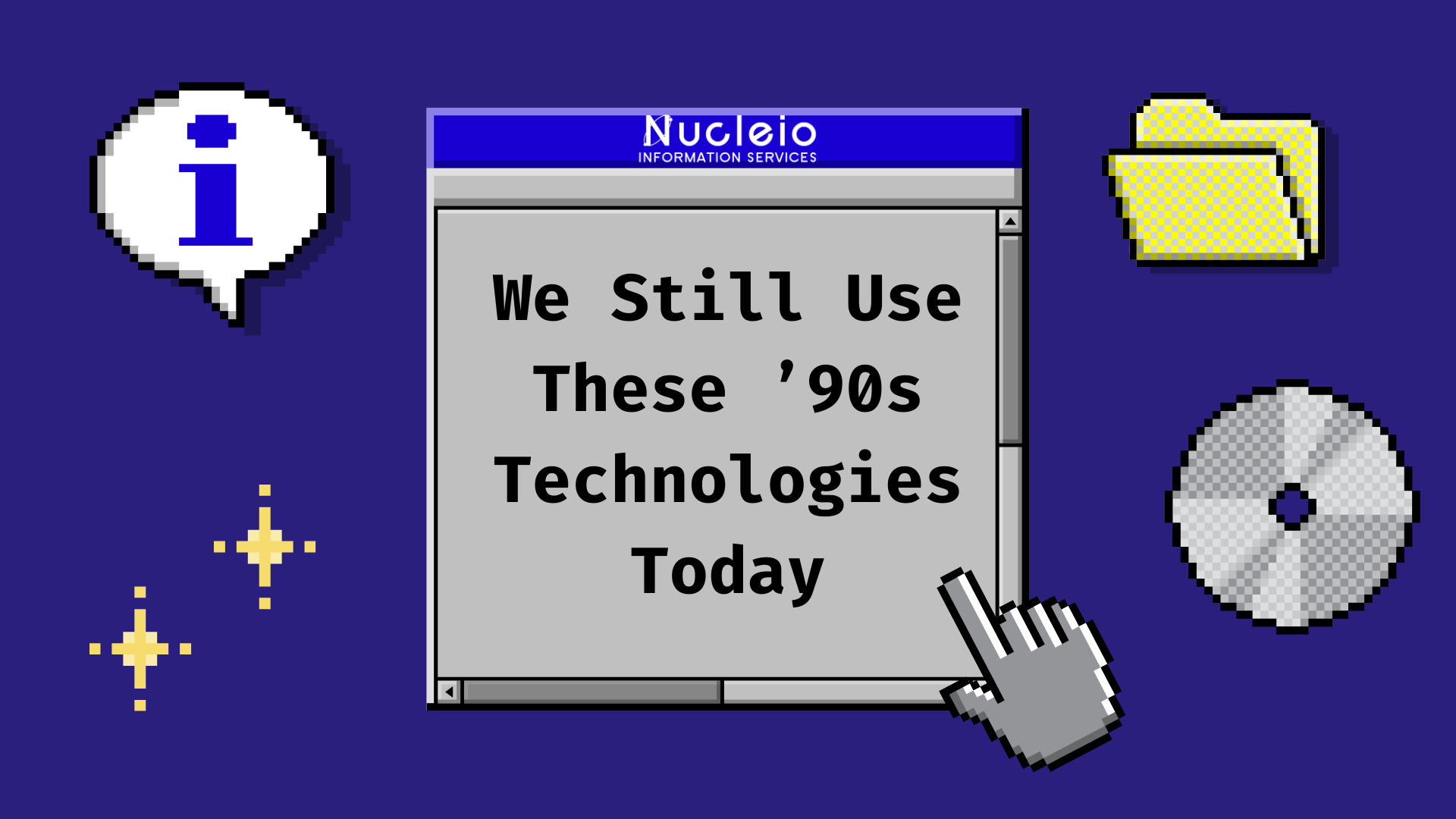The 1990s were an incredible time for technology. While car phones and beepers may have died off, plenty of tech from the 90s is still with us today. We’ll share some of the best apps, tech, and devices that got their humble start in the darling decade that was the Nineties.
1. Photoshop

Photoshop started life as a program developed by Thomas Knoll at the University of Michigan in 1987. His brother, John Knoll, urged him to develop the program further. The Knoll brothers eventually showed it off to an art director at Adobe, and the company purchased a license to distribute Photoshop in 1990.
Photoshop 1.0 for Mac costs a whopping $895. Over the next five years, it would be ported to Windows and become much more popular. In 1995, Adobe fully purchased the rights to Photoshop for $34.5. Nowadays, it generates billions in revenue and has millions of users.
2. Text Messaging

Text-based messaging is still the way to go even with the incredible capability of real-time face and voice recognition from thousands of miles away. Without question, it’s the simplest and fastest way to communicate, and it originated in the 1990s.
The first SMS text message was sent on December 3rd, 1992. The message was sent from a computer to a phone, and it said, “Merry Christmas.” Text messaging was slow to take off, but a little over a decade later, it had become the most widely used mobile data service.
Nowadays, the popularity of SMS varies greatly by region, but text-based messaging is popular everywhere. In the U.S., most people are using iMessage or SMS, while many other countries rely on WhatsApp, WeChat, and Telegram.
3. MP3

MP3 Players have come and gone, but MP3 files have stood the test of time. If you’re dealing with an audio file on your computer or mobile device, there’s a good chance it’s an MP3. The MP3 format was first released in 1991.
The development of MP3 was crucial for the distribution of music over the internet during the mid-to-late 90s, when bandwidth and storage were still at a premium. The format’s ability to compress audio files without a significant loss in quality led to its widespread adoption (and controversies surrounding music piracy, thanks to how easy it is to share MP3 files over the internet).
The MP3 format has had a significant impact on the music industry, changing the way music is distributed and consumed. There are newer and better audio formats, but MP3 remains a popular choice due to its compatibility and the balance it offers between file size and sound quality.
We also experienced many other wonderful things in the 1990s. The 1990s saw the advent of the internet and web browsers as we know them today. Technology was advancing rapidly during this period, and we can thank the 1990s generation for creating the modern technology we use today.

